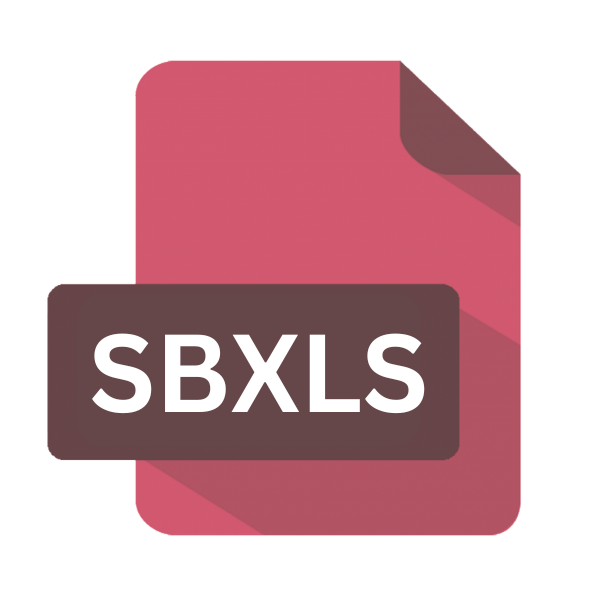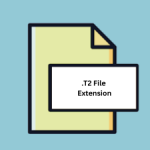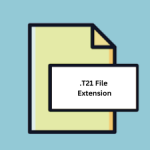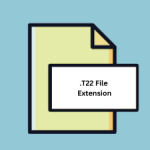.SBXLS File Extension

Sandboxels Save
| Developer | R74n |
| Popularity | |
| Category | Data Files |
| Format | .SBXLS |
| Cross Platform | Update Soon |
What is an SBXLS file?
.SBXLS files are associated with Sandboxels, a software application designed for creating and manipulating sandbox environments.
These files serve as save files, preserving the state of sandbox projects, including elements, configurations, and interactions within the sandbox environment.
More Information.
The history of .SBXLS files aligns closely with the evolution of sandboxing technology and its applications across different domains.
These files were developed to facilitate the saving and reloading of sandbox projects within the Sandboxels environment.
Their utility expanded as Sandboxels gained popularity among users seeking to explore and simulate diverse scenarios, ranging from scientific experiments to educational simulations and gaming environments.
Origin Of This File.
The genesis of .SBXLS files can be traced back to the development of Sandboxels, a tool conceived to provide users with a platform for experimenting and simulating various scenarios within controlled virtual environments.
The need for a standardized format to save and share these sandbox projects led to the creation of the .SBXLS file extension.
File Structure Technical Specification.
.SBXLS files typically consist of structured data representing various elements and parameters within a sandbox project.
The exact structure may vary depending on the complexity of the project and the features supported by the Sandboxels software.Common components include:
- Element Definitions: Information about the objects, entities, or elements present within the sandbox environment, including their properties, positions, and behaviors.
- Configuration Settings: Settings and preferences chosen by the user to customize the sandbox environment, such as background settings, physics parameters, and simulation options.
- Interaction Data: Records of user interactions and modifications made within the sandbox, enabling the recreation of previous states and actions.
- Metadata: Additional metadata such as creation date, author information, and version details, providing context and insights into the origin and evolution of the .SBXLS file.
How to Convert the File?
- Open Sandboxels: Launch the Sandboxels application and load the .SBXLS file.
- Navigate to Export Option: Within Sandboxels, go to the File menu and select “Export” or “Save As.”
- Choose Format: Select the desired format for conversion, such as .OBJ, .STL, or .FBX.
- Adjust Settings (if needed): Modify export settings like scale, resolution, or compression according to preference.
- Initiate Conversion: Start the conversion process to generate the new file in the chosen format.
- Save Converted File: Save the converted file to a specified location on your computer.
- Check Compatibility: Ensure the target software supports the chosen format to avoid compatibility issues.
Advantages And Disadvantages.
Advantage:
- Portability: .SBXLS files allow users to save and share their sandbox projects easily, facilitating collaboration and knowledge exchange.
- Version Control: By saving different versions of a sandbox project as .SBXLS files, users can track changes and revert to previous states if needed, enhancing project management and experimentation.
- Customization: Sandboxels offers a wide range of customization options, and .SBXLS files preserve these settings, allowing users to recreate specific environments and configurations effortlessly.
Disadvantage:
- Compatibility Issues: .SBXLS files may encounter compatibility issues when opened in different versions of Sandboxels or alternative sandboxing software, potentially leading to data loss or corruption.
- Limited Interoperability: While .SBXLS files excel within the Sandboxels ecosystem, their interoperability with other software platforms or file formats may be limited, restricting their utility in certain contexts.
- File Size: Complex sandbox projects with numerous elements and interactions may result in large .SBXLS files, consuming storage space and posing challenges for sharing and distribution.
How to Open SBXLS?
Open In Windows
- Open Sandboxels and load the .SBXLS file.
- Go to the File menu and select “Export” or “Save As.”
- Choose a compatible format such as .OBJ, .STL, or .FBX.
- Save the converted file to your desired location.
Open In Linux
- Install Sandboxels or a compatible sandboxing software on your Linux system.
- Open the .SBXLS file using the software.
- Follow the export or save process to convert the file to a desired format.
- Save the converted file in your preferred directory.
Open In MAC
- Launch Sandboxels or a compatible sandboxing application on your Mac.
- Load the .SBXLS file within the software.
- Export or save the file in a compatible format supported by Mac applications.
- Save the converted file to a location of your choice on your Mac.
Open In Android
- Install Sandboxels or a sandboxing app that supports .SBXLS files on your Android device.
- Open the .SBXLS file using the installed application.
- Export or save the file in a compatible format supported by Android applications.
- Save the converted file to your device’s storage or cloud storage.
Open In IOS
- Download and install Sandboxels or a compatible sandboxing app from the App Store.
- Open the .SBXLS file within the application.
- Export or save the file in a compatible format supported by iOS applications.
- Save the converted file to your device or share it via email or cloud services.
Open in Others
For other platforms or specific software applications, consult the documentation or support resources for guidance on opening and converting .SBXLS files.
Some applications may offer direct support for .SBXLS files, while others may require conversion to a compatible format before opening.













